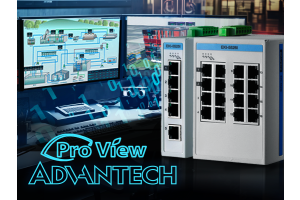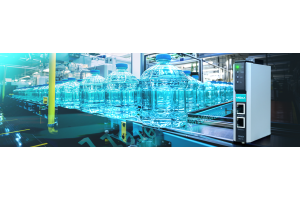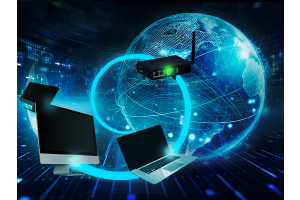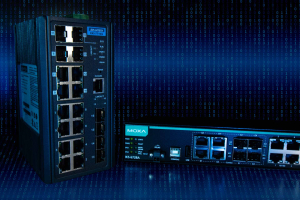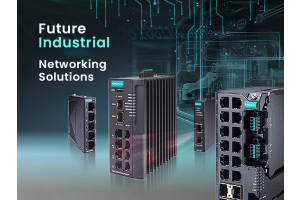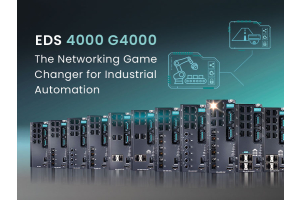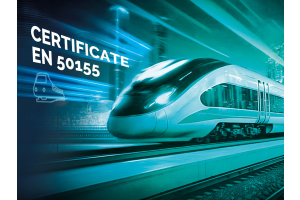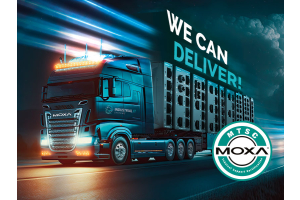We use cookies to make your experience better. To comply with the new e-Privacy directive, we need to ask for your consent to set the cookies. Learn more.
Understanding IP Ratings for Rugged Devices in Industrial Environments
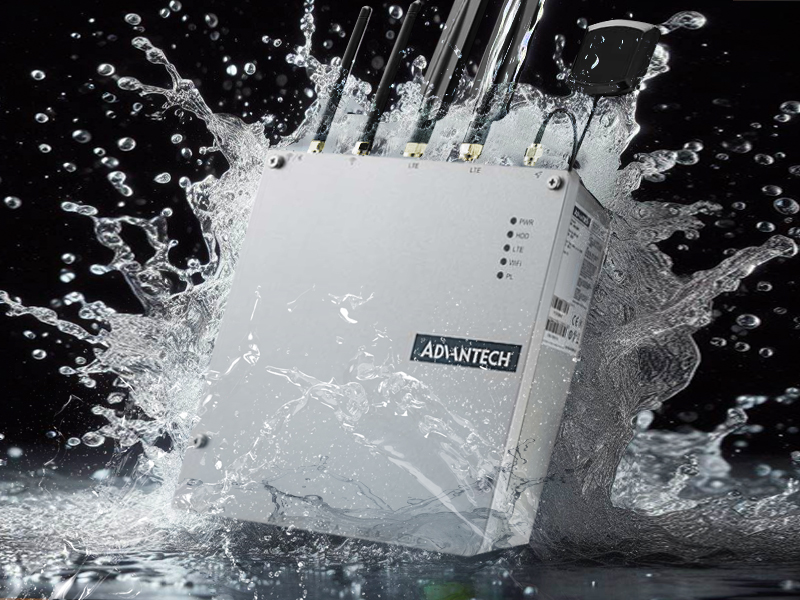
IP Ratings Explained
When selecting equipment for industrial use, understanding the level of protection against the elements is crucial. This is where Ingress Protection (IP) ratings come into play. IP ratings are a standard that defines how effective enclosures of electronic devices are at keeping out dust, water, and other foreign bodies.
What Are IP Ratings?
IP ratings are denoted by the letters "IP" followed by two numbers. The first number represents the level of protection against solid particles (like dust), while the second number signifies the degree of protection from liquids.
| Solid Particle Protection (First Digit) | Liquid Ingress Protection (Second Digit) |
|---|---|
| 0 - No Protection | 0 - No Protection |
| 1 - Protection against solid objects over 50mm (e.g. hands) | 1 - Protection against vertically falling drops of water |
| 2 - Protection against solid objects over 12mm (e.g. fingers) | 2 - Protection against water drops when tilted up to 15° |
| 3 - Protection against solid objects over 2.5mm (e.g. tools) | 3 - Protection against spraying water |
| 4 - Protection against solid objects over 1mm (e.g. wires) | 4 - Protection against splashing water |
| 5 - Dust protected | 5 - Protection against water jets |
| 6 - Dust tight | 6 - Protection against powerful water jets |
| 7 - Protection against immersion up to 1m | |
| 8 - Protection against continuous immersion beyond 1m |
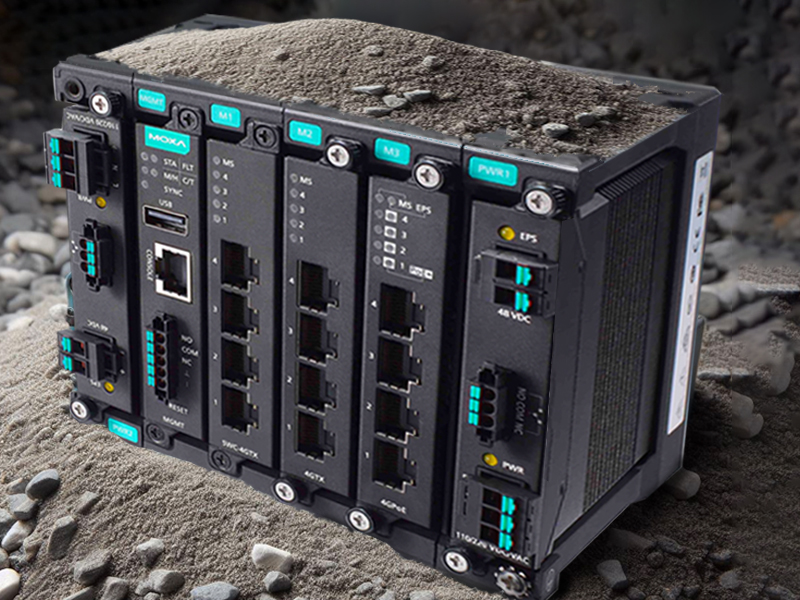

Impact on Industrial Working Environments
It's exceedingly common for equipment to be subjected to a wide array of extreme and unforgiving conditions within Industrial Working Environments. These conditions could range from dust-heavy atmospheres to areas with high volumes of water exposure. As such, ensuring that machinery and tools have the appropriate Ingress Protection (IP) ratings is not just recommended, it's absolutely crucial for their longevity and proper functioning.
The IP rating, as designated by the International Electrotechnical Commission (IEC), provides clear guidance on the level of sealing effectiveness of electrical enclosures against intrusion from foreign bodies and moisture. This vital information helps in making informed decisions when it comes to the selection of equipment suited to operate reliably in demanding industrial settings.
Manufacturing Plants
Dust and debris are common in manufacturing plants. Devices with a high first digit (IP5X or IP6X) are necessary to prevent malfunctions. For areas with liquid exposure, a higher second digit (IPX4 or above) ensures that machinery operates effectively without water damage.
Construction Sites
Construction sites often involve heavy dust and water contact. Equipment with IP ratings of IP65 or higher can withstand these conditions, ensuring durability and uninterrupted operation.
Food Processing Facilities
Hygiene is paramount in food processing. Machinery must be easy to clean and resistant to high-pressure water jets, making an IP rating of IP66 or IP69K essential for washdown procedures.
Outdoor Installations
Outdoor equipment is subject to weather variations, including rain and snow. An IP rating of at least IP65 is advisable to protect against these elements.
Marine Environments
Saltwater is highly corrosive. Devices in marine environments benefit from an IP68 rating, which offers complete dust protection and long-term immersion resistance.




